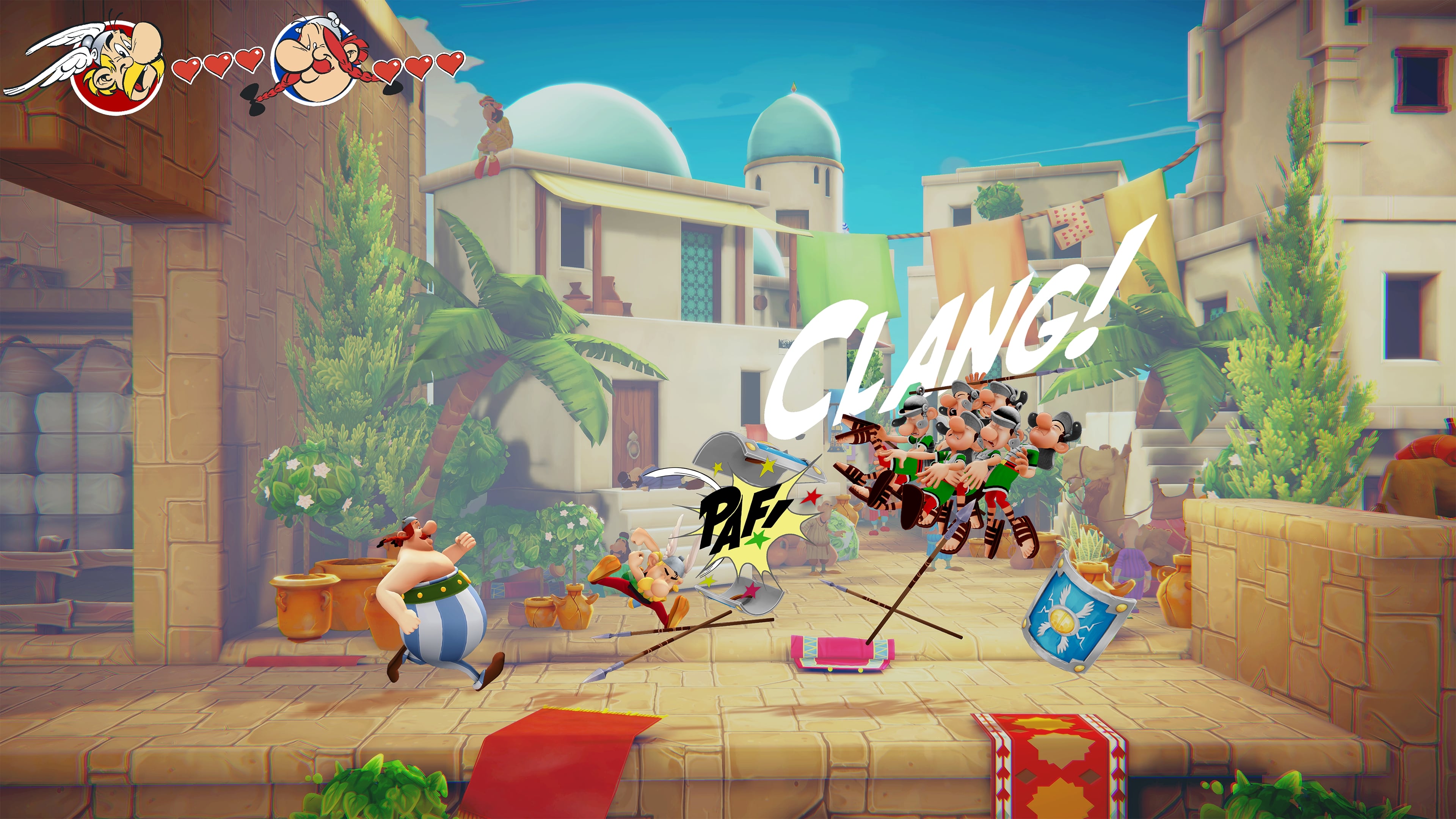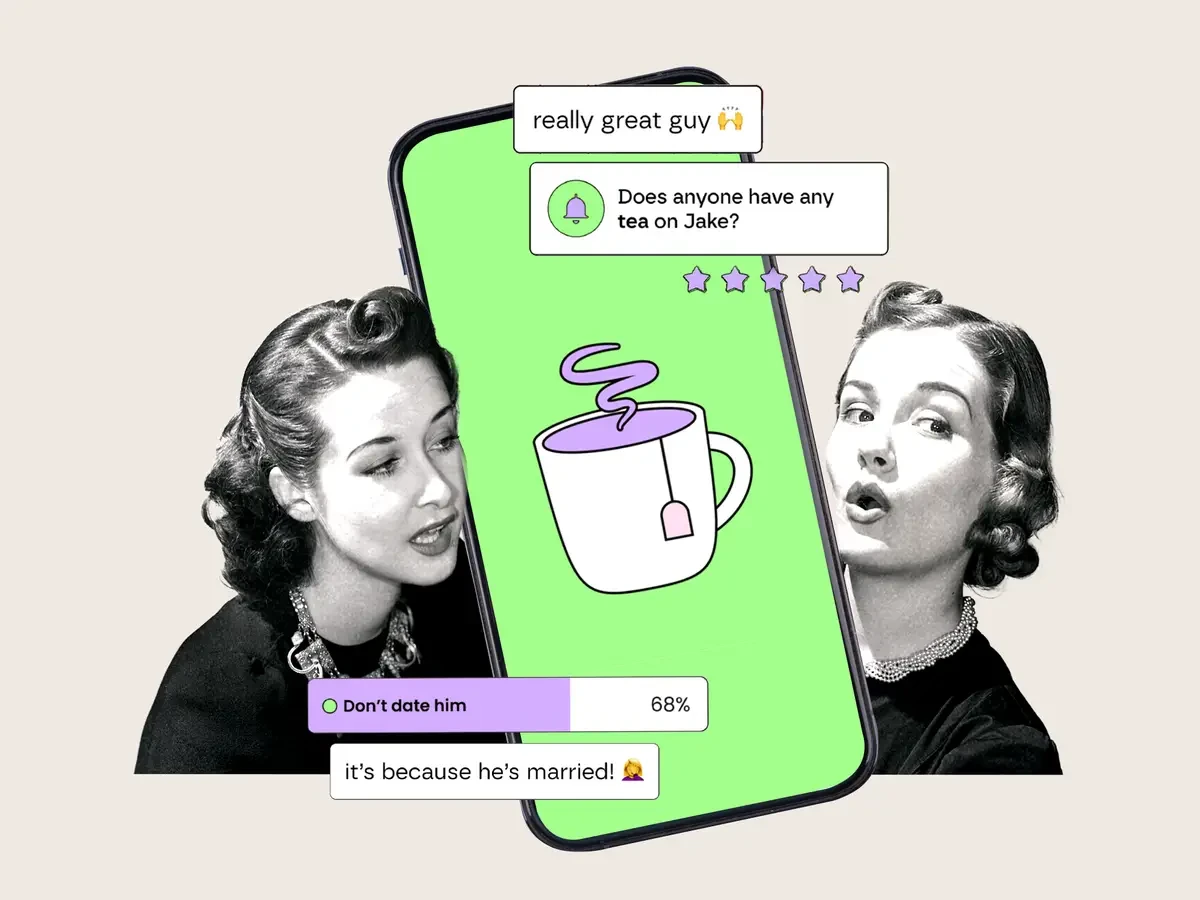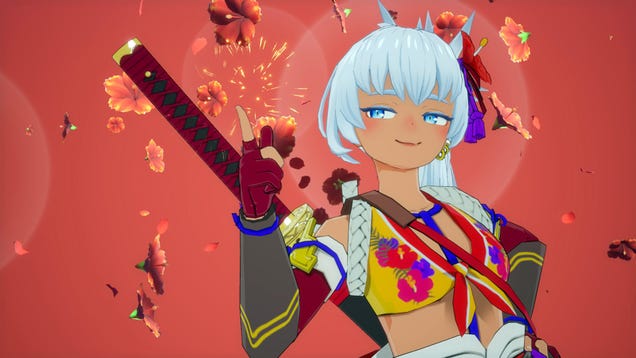The relationship between humans and AI has taken a different turn. Apparently, love now comes with a digital twist. The article "L’inattendue réalité de la relation IA avec l’homme" talks about how this new way of loving is intriguing, but honestly, it feels a bit... well, boring. Who needs more complexity in love, right? It's just another thing to think about when you’re already tired.
#AIrelationship #loveandtechnology #digitalromance
#AIrelationship #loveandtechnology #digitalromance
The relationship between humans and AI has taken a different turn. Apparently, love now comes with a digital twist. The article "L’inattendue réalité de la relation IA avec l’homme" talks about how this new way of loving is intriguing, but honestly, it feels a bit... well, boring. Who needs more complexity in love, right? It's just another thing to think about when you’re already tired.
#AIrelationship #loveandtechnology #digitalromance
1 Комментарии
·0 Поделились
·0 предпросмотр













